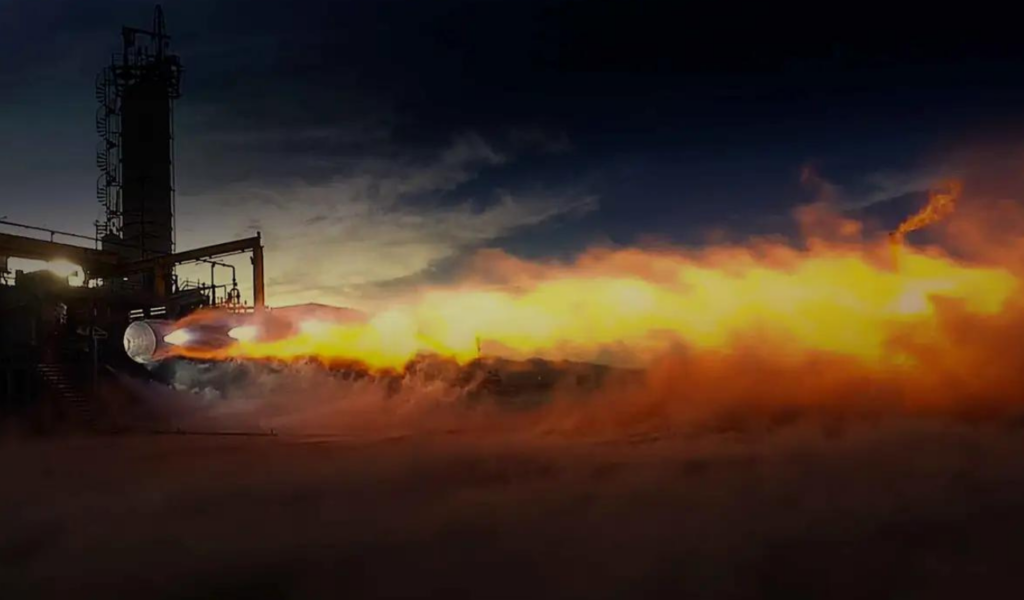During the recent explosion of Blue Origin’s BE-4 rocket engine during testing in Texas, the engine was being prepared for its second launch in United Launch Alliance’s Vulcan rocket.
To better understand the situation, it is important to grasp the three main phases of rocket engine testing: development, qualification, and acceptance. An industry expert with over a decade of experience in testing has provided a helpful explanation of these phase differences.
During the development phase, prototype and smaller-scale versions of the engine are created and subjected to various tests to evaluate their potential and capabilities.
Qualification represents the final design of the engine. On the other hand, the acceptance phase involves testing a production engine for launch readiness, including conducting necessary final checks.
The Explosion
In the case of Blue Origin’s BE-4, the engine exploded approximately 10 seconds into the test, resulting in significant damage to the engine itself and the testing infrastructure. This information was reported by sources who were present for the incident.

“No personnel were injured and we are currently assessing root cause,” a Blue Origin spokesperson is quoted as saying on CNBC, confirming the anonymous reports. “We already have proximate cause and are working on remedial actions.”
Furthermore, the BE-4 engines are designed for Blue Origin’s New Glenn rocket alongside United Launch Alliance’s (ULA) Vulcan Centaur rocket. The much-anticipated launch of the Vulcan Centaur tended to happen on May 4. But this has been delayed to late 2023. At the same time, ULA presently caters to resolving an issue with its rocket upper stage.
Rocket Parts
On the other hand, the Colorado-based firm had set to launch of its Vulcan Centaur in 2020. Although, the rocket was held back by the delivery of its two BE-4 engines. ULA’s CEO Tory Bruno doesn’t appear to be phased by the BE-4 engine explosion.
“Many parts on a rocket, individual ATP [acceptance test] failures not uncommon,” Bruno wrote on Twitter on Tuesday. “Many other BE4s have passed ATP & gone on to hot fire. This one had failed an earlier ATP attempt & was reworked.”
In September 2022, the booster on the company’s New Shepard rocket exploded mid-flight, while its capsule discarded a ship at the time of carrying 36 payloads, half of which belonged to NASA. On undergoing a thorough investigation into the failure, Blue Origin identified a “thermo-structural failure of the engine nozzle” as the primary reason.
Meanwhile, the company’s New Glenn rocket fitted with seven BE-4 engines has yet to launch. To bring into knowledge Blue Origin had actually scheduled New Glenn to liftoff in 2020. But the hold up in the development of the engines alters its inaugural plans. Simultaneously, it is still cryptic when the rocket will get to fly.